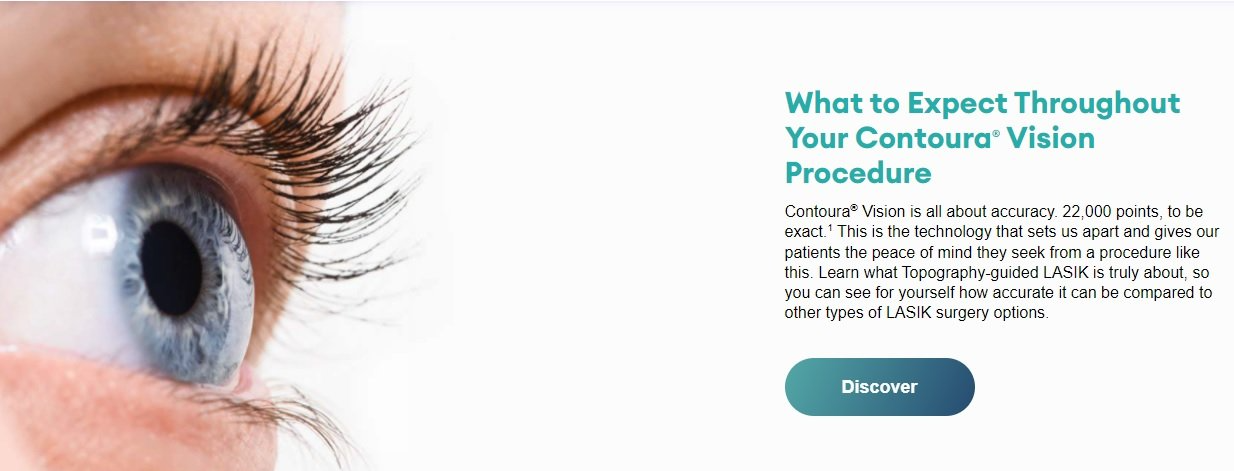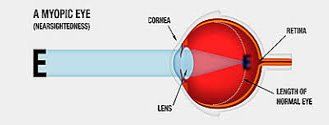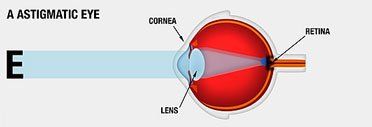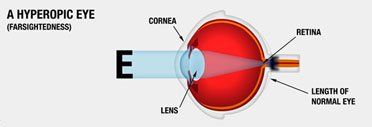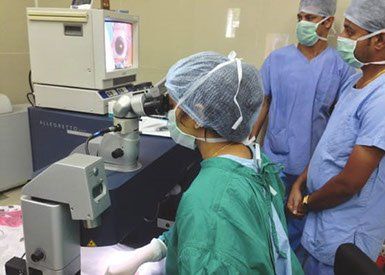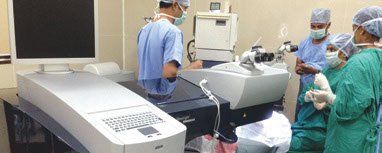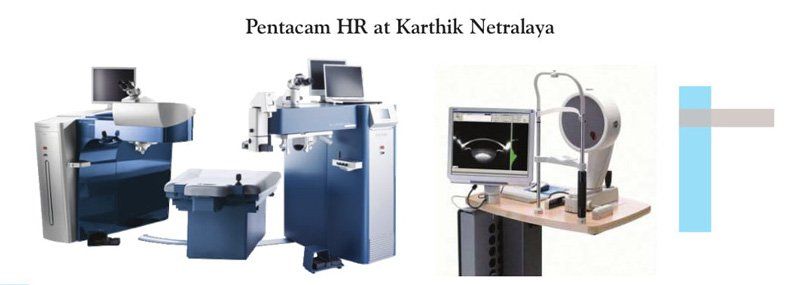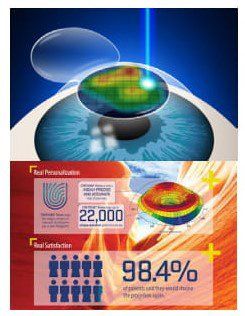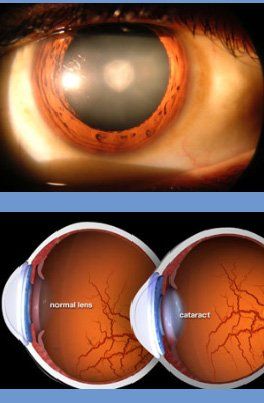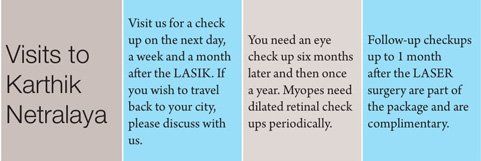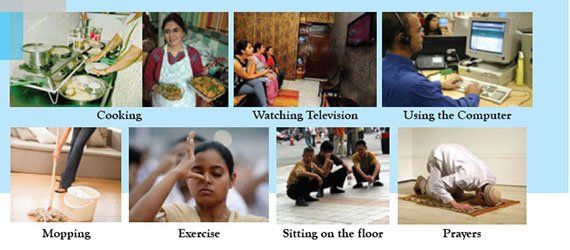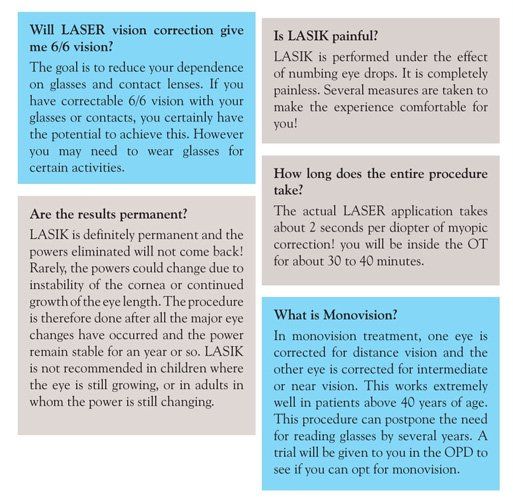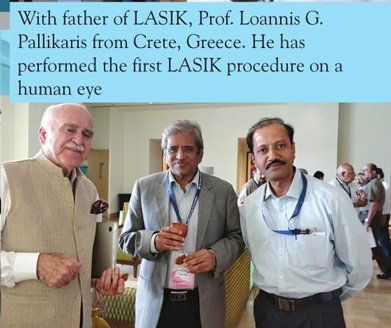How is LASIK performed?
Sophisticated equipment are used in the bioclean LASIK operation Theatre. Aseptic protocols are meticulously followed. Each surgery is completely isolated from others. High quality medicines, supplies and disposables are used.
During the surgery
LASIK procedure is totally painless and quick. No injections or bandage is needed! Eye will be numbed by few eye drops. Please remain quiet & calm during surgeries. Do talk to the Surgeon for any clarification, or if you wish to move or cough. The eye tracker stops the LASER if you move your eyes and then restarts once you are steady! Keep both your eyes open and blink as usual. You will be awake and extremely comfortable during the procedure. You may experience slight pressure over the eye and vision black outs during certain steps. You will be inside the OT for about 30 to 40 minutes.
Soon after the LASIK procedure
You will walk out & meet your relatives. Instructions will be given and your follow up appointment will be scheduled. Please clarify all your doubts. If you feel dizzy or unsteady, immediately lie down & take slow & deep breathings You can leave home in a car after resting for about 60 minutes or so.
a. Don’t touch or rub the eyes. There will be watering, irritation, foreign body sensation & blurry vision for a day after LASIK and for several days after ASA. Do not wipe your eyes with tissue or cloth.
b. Wear 100% UV protective goggles all the time during the day and eye shields (for LASIK) at night for about a week. Use goggles for about 3 months when you go outdoors.
c. Learn the exact method of putting the eye drops. Take a pain relief tablet if needed.
d. There is no diet restriction. Pulses, uncooked sprouts and vegetables are good. You could take Tab. Vitamin C 500 mg once a day for few months.
From the next day onwards
a. Don’t splash water, with eyes open! Wash your face with mild soap and water with your eyes closed. Gently dab the eyes with a clean washed towel. Don’t rub, press or massage the eyes! Avoid injuries.
b. You can shampoo your hair. Hair can be oiled and dyed. Men can shave. Avoid cosmetics on face for 2 weeks.
c. In few days after LASIK, you could resume your daily activities (cooking, college, office work, walking, driving, reading, TV, mobile usage, computers, prayers, light yoga & physical activities etc).
d. After ASA, you will need about 3 to 4 days of stay at home, as irritation, pricking, blurring, redness, watering, lid swelling etc. will be there. Bandage contact lenses will be removed after about 4 days.
e. Avoid playing with pets & children, eye makeup, strenuous physical work, contact sports, injuries, swimming, dust & wind and dental / ENT treatment for about a month.
f. You can be in usual light but avoid looking at sun directly & sunlight falling on your eyes for couple of months, especially after ASA. Avoid outdoor sports and high UV zones like beaches and hilltops for few months.
g. Stop smoking and using tobacco, it is bad for you, your family and the environment.
Can anything go wrong?
a. Extensive pre LASIK assessments are conducted to confirm that the procedure is safe for your eyes.
b. Rarely the visual recovery or correction of your errors may not be as expected. This may be due to equipment or surgical issues or may be due to diseases like amblyopia, glaucoma, optic atrophy, retinal detachment, myopic macular & other retinal degenerations, injuries, hereditary diseases, corneal scarring, healing insufficiencies, infections, etc. Report immediately if there is increased redness, watering, irritation, pain, swelling, blurring, floaters, flashes, intolerance to light, yellow discharge etc.
c. Every surgery has its risks. Inspite of excellent equipment, protocols, care & precision, deviations from usual recovery can occur during & after the LASER vision corrections. There could be delayed, insufficient or absent visual recovery or even a visual loss, temporary or permanent. Additional treatment or surgeries may be needed.
